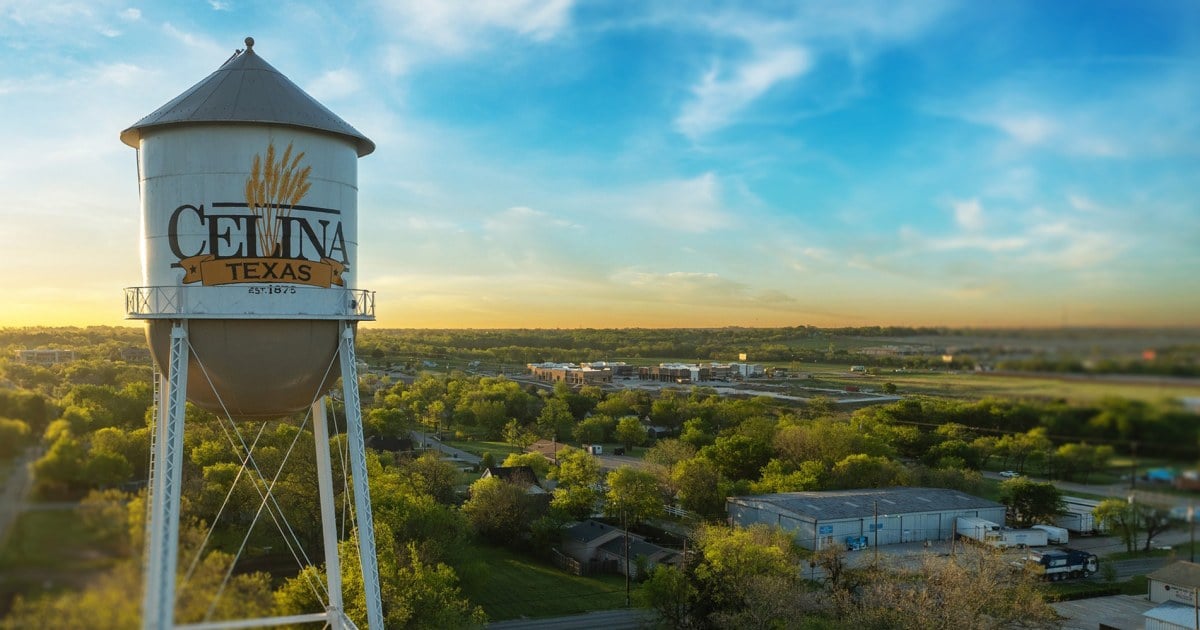- cross-posted to:
- [email protected]
- cross-posted to:
- [email protected]
Summary
Rural areas across the U.S. are transforming as affordable housing shortages push people further from urban centers.
Celina, Texas, leads this trend, experiencing a 27% population surge in 2023 alone. It grew from 7,000 residents a decade ago to over 43,000, as reported by the Census.
Lower housing costs and available land attract newcomers, but rapid growth is replacing farmland and small-town traditions with dense developments and chain stores.
While some welcome affordable lifestyles and opportunities, others face rising costs, loss of community, and strained infrastructure.



Build one in a location that isn’t already a rural city. This article is about someone complaining her farm town is being made into a city. Put it in the middle of nowhere. Build it UP and walkable. No cars allowed (on city streets).
But none of that is ever gonna happen in the US, so it’s not worth going back and forth about.
The reason there aren’t already settlements in the middle of nowhere is because there aren’t any valuable resources, or transport opportunities like ports or rivers.
All we need is a square mile. (AI calculation)
To estimate how many people could fit comfortably in the city, we need to calculate the total residential space and divide it by an assumed space requirement per person.
Key Assumptions:
1. City Size: 1 square mile = 5280 \times 5280 \, \text{feet}^2 = 27,878,400 \, \text{ft}^2 .
2. Building Coverage: Assume 50% of the square mile is covered by buildings (a typical urban density).
• Building footprint area = 27,878,400 \times 0.5 = 13,939,200 \, \text{ft}^2 .
3. Building Height: 20 floors per building.
• Total building floor area = 13,939,200 \times 20 = 278,784,000 \, \text{ft}^2 .
4. Residential Space: 75% of the floor area is for housing.
• Residential floor area = 278,784,000 \times 0.75 = 209,088,000 \, \text{ft}^2 .
5. Space Per Person: Assume each person requires 300 ft² of residential space (includes living space, hallways, and shared amenities).
Calculation:
• Number of people = \frac{\text{Total Residential Space}}{\text{Space Per Person}}
\text{Number of people} = \frac{209,088,000}{300} \approx 696,960
Final Estimate:
Approximately 697,000 people could fit comfortably into the city.
Okay but people aren’t just inert gray cubes. You can’t just pack them up in warehouses in East Bumfuck, Oklahoma. They have wants and needs. And not just basic infrastructure like power and water, you also need arts and entertainment. You can’t just plop down a city like a video game.
75% is housing, 25% is business and entertainment. With 600k people, any business is going to succeed. And, we tax the fuck out of them unless they are local to the cube.
I think it could work. Just imagine my idea is like communism without the tanks. Community first.
Also, they aren’t gray cubes they will be beautifully designed and really fun to live in. Help me out here, I imagine it to be a wonderful place to live. Just go with me on this for a minute